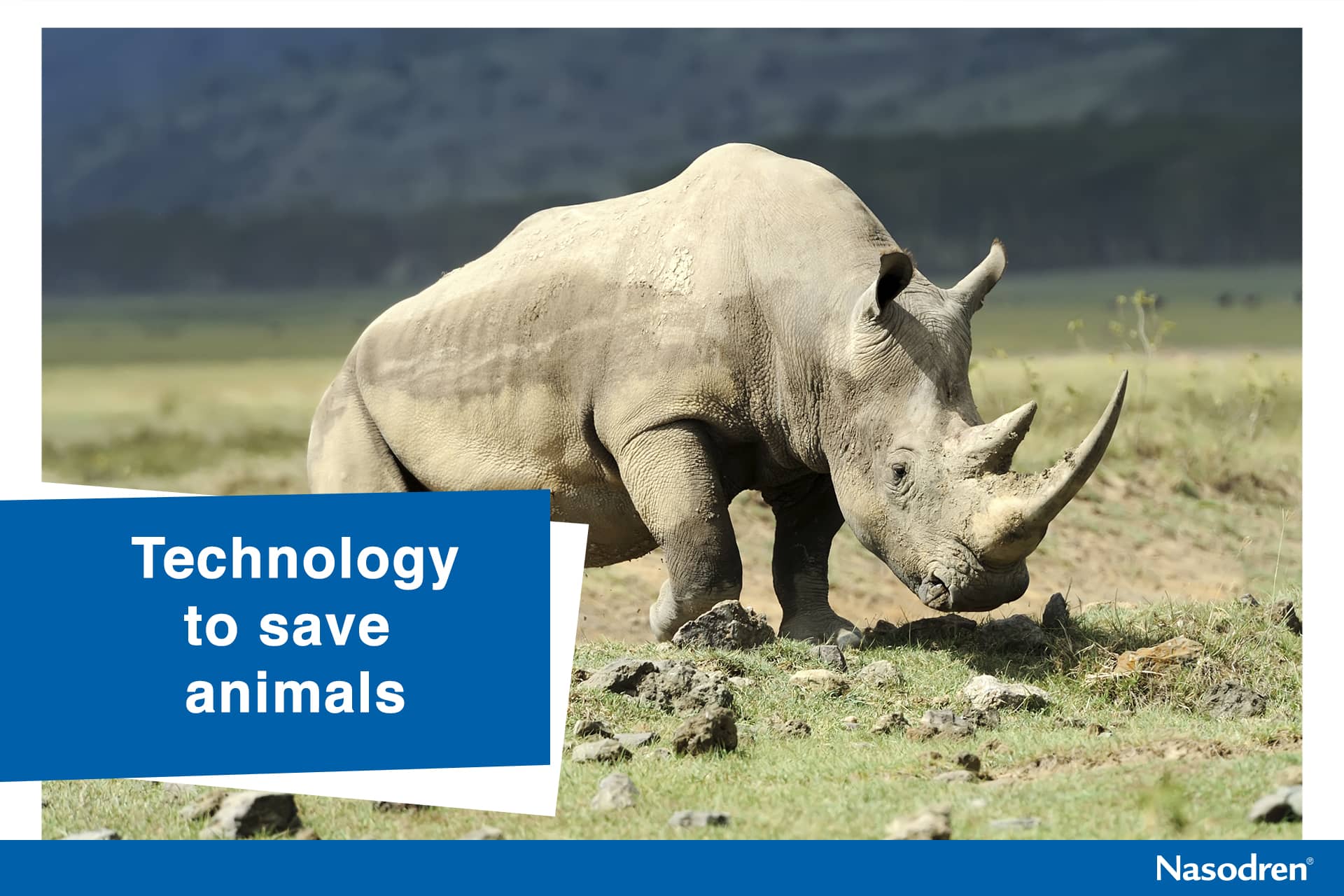Rhinos, Sumatran elephants, red wolves or orangutans. These are just some of the critically endangered animal species that many conservationists are trying to save from extinction. It won’t be easy, but at least significant progress is being made in order to protect the most vulnerable creatures on Earth. To do so, experts are determined to use high technology devices that could open up new opportunities in the field. And it’s already happening. How? Let’s find out!
Virtual reality is the new high-tech tool that’s currently being used by some scientists to understand why certain animal species are tragically decreasing in number and, especially, to provide new solutions. As reported by Mashable, such new techniques were recently tested in Peru, where a group of researchers led by Kerrie Mengersen, a professor at the Queensland University of Technology in Australia, implemented virtual reality to track the population of endangered jaguars. Mengersen and her team managed to monitor their environment to a big extent by setting up multiple cameras (GoPros) and shooting 360-degree videos, thus reaching remote areas where it’s hard to get by any other means. “Instead of taking experts out to those inaccessible places, we want to be able to bring those areas to the experts”, Mengersen told Mashable Australia.
The whole point of that expedition was to find out which areas could serve as ‘jaguar corridors’ for such animals to live in, breed or travel safely between large conservation environments. Basically, scientists can now view the recorded clips and identify potential signs of jaguar population, along with the presence of preys, water or human habitation nearby.
Another remarkable project regarding endangered animals and high-tech is the one carried out by Eline Jongsma and Kel O’Neil. These American-Dutch filmmakers have been working on a virtual reality documentary called ‘The Ark’, which deals with the last northern white rhinos in the world. Two years ago, when this 360-degree movie began to take shape, there were only seven such animals left; now there are just three remaining. ‘The Ark’, which premiered in April 14, gives us the opportunity to admire these almost extinct species in a unique and immersive way that does nothing but raise awareness about the urgent need to preserve such incredible creatures. The documentary takes us on a journey through the Ol Pejeta Conservancy in Kenya, following the day-to-day life of the last white rhinos and the rangers who protect them 24/7 from any dangers, especially poachers.
Whether they serve their ultimate purpose or not, these modern attempts to preserve endangered animals should at least give us pause for thought… nothing lasts forever! And we can all make our contribution by, for instance, adopting behaviors that are environmentally friendly. If not, we’ll have to resign ourselves to watch videos of those animals that we couldn’t protect. And not just animals, but also trees, plants and all the living organisms that form ecosystems and are experiencing the effects of uncontrolled human exploitation.
Is that what we want?







